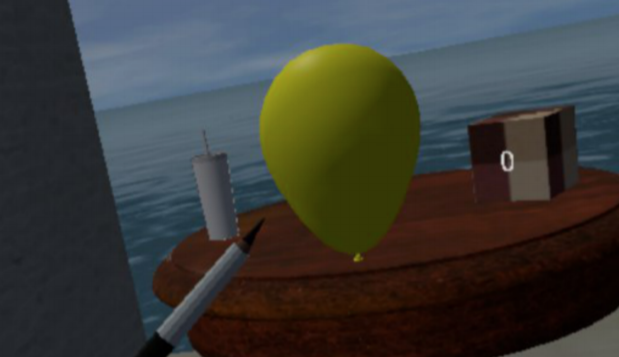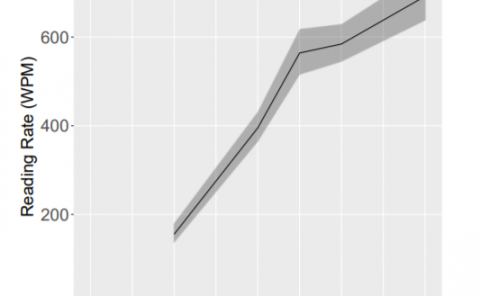Quantifying and attenuating pathologic tremor in virtual reality
PubDate: Sep 2018
Teams: University of Southern California
Writers: Brian A. Cohn, Dilan D. Shah, Ali Marjaninejad, Martin Shapiro, Serhan Ulkumen, Christopher M. Laine, Francisco J. Valero-Cuevas, Kenneth H. Hayashida, Sarah Ingersoll
PDF: Quantifying and attenuating pathologic tremor in virtual reality

Abstract
We present a virtual reality (VR) experience that creates a research-grade benchmark in assessing patients with active upper-limb tremor, while simultaneously offering the opportunity for patients to engage with VR experiences without their pathologic tremor. Accurate and precise use of handheld motion controllers in VR gaming applications may be limited for patients with upper limb tremor. In parallel, objective tools measuring tremor are not in widespread, routine clinical use. We used a commercially available VR system and designed a challenging virtual-balloon-popping test mimicking a common nose-to-target pointing task used by medical practitioners to subjectively evaluate tremor in the exam room. Within our VR experience, we offer a software mode which uses a low-pass filter to adjust hand position and pointing orientation over a series of past data points. This digital filter creates a smoothing function for hand movement which effectively removes the patient’s tremor in the VR representation. While the patient completes trials of the reaching task, quantitative data on the pathologic tremor is digitally recorded. With speed, accuracy, and the tremor components computed across three axes of movement, patients can be evaluated for their tremor amplitudes in a quantitative, replicable, and enjoyable manner. Removal of tremor in digital space may allow patients having significant upper limb tremor to have both an objective clinical measurement of symptoms while providing patients positive feedback and interaction.



